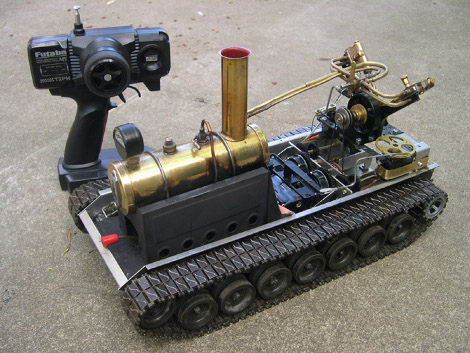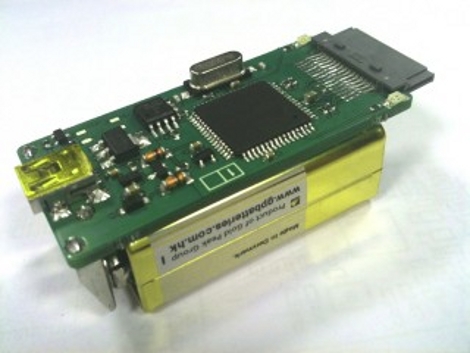
This steam-powered tank is really something of a steam-electric hybrid. Steam provides the locomotion, but an electrical system provides the remote control and steering. A full boiler will provide 10-15 minutes of operation which you can see in the video after the break. Before you leave a nasty comment: Yes, we realize this project is from several years ago. It’s new to us and the completion date doesn’t diminish the novelty of this well-executed build. This is the quality and uniqueness we’re used to seeing from [Crabfu].














